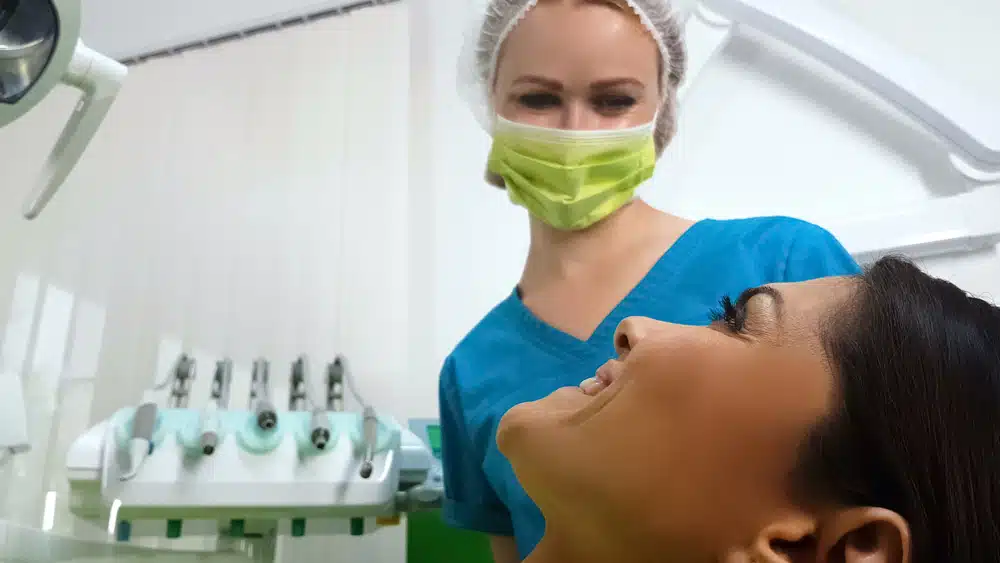Many individuals may encounter terms like “exostosis” and “tori” during their dental visits, leading to questions about what these conditions are, how they differ, and when they might need attention. This blog post aims to demystify these terms, explaining their causes, when they might become an issue, and the available treatment options.
What is an Exostosis and How Does it Differ from Tori?
Exostosis refers to the growth of new bone on the surface of an existing bone. In dentistry, this usually occurs on the jawbone. Tori (singular: torus), on the other hand, are specific types of exostoses that appear in the mouth. They are typically found on the palate (roof of the mouth) or mandible (inside part of the lower jaw).
The key difference between general exostoses and tori is their location. Tori are always in the oral cavity, whereas exostoses can occur on any bone in the body.
Causes of Exostosis and Tori
Both exostosis and tori are generally benign and thought to be caused by several factors:
- Genetics: There’s a strong genetic predisposition to developing tori, suggesting heredity plays a significant role.
- Mechanical Stress: Chewing forces can stimulate bone growth in areas subjected to frequent stress.
- Environmental Factors: Some studies suggest diet and lifestyle may influence their development, though this connection is less clear.
When Exostosis and Tori May Become an Issue
While exostosis and tori are often harmless, they can become problematic in certain situations:
- Interference with Oral Functions: Large growths can interfere with eating, speaking, or maintaining oral hygiene.
- Dental Procedures: They can complicate dental procedures, especially the fitting of dentures or other dental appliances.
Treatment and Management
Surgical Removal: If exostosis or tori cause discomfort or hinder dental treatments, they may need to be surgically removed. This procedure is typically done by an oral surgeon under local anesthesia.
Laser Surgery: In some cases, laser surgery may be employed. This method offers benefits such as reduced bleeding and quicker healing times.
Observation: Many dentists recommend leaving tori alone if they aren’t causing any problems. Regular check-ups are essential to monitor any changes in size or shape that could necessitate intervention.
Exostosis, Tori, and Dentures
For patients needing dentures, exostosis, and tori can present challenges:
- Fit Issues: Tori may interfere with the base of a denture, causing discomfort or improper fit.
- Pre-Denture Surgery: Some patients may require the removal of tori before denture fabrication to ensure a comfortable and effective fit.
_____________________
Exostosis and tori, while typically benign, can impact dental health and treatment plans. Understanding these conditions can help patients make informed decisions about their oral health, particularly when considering treatments like dentures or facing discomfort. Always consult with a dental professional if you suspect you have these conditions or if you’re experiencing discomfort in your mouth.




